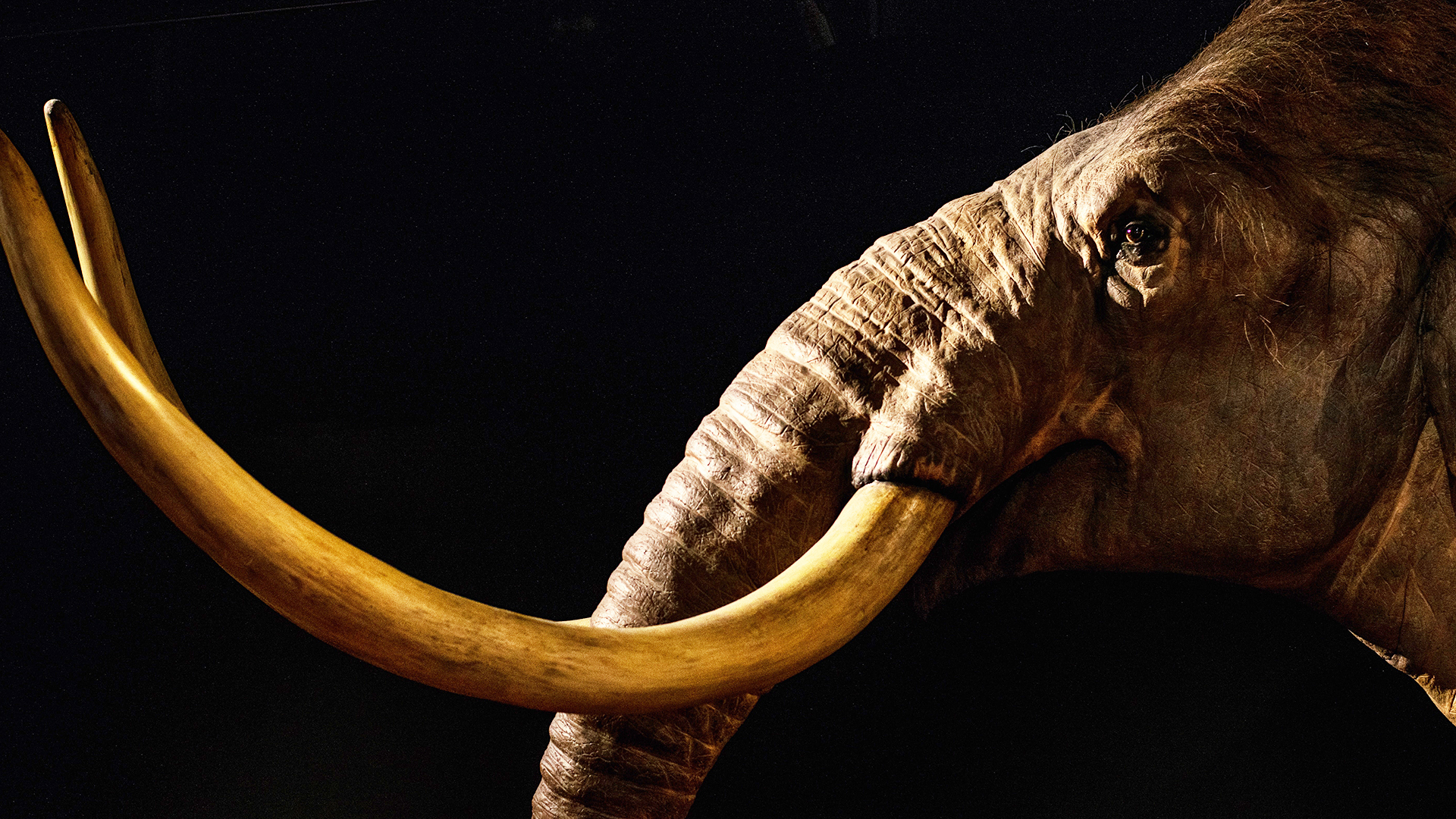- An Australian company that grows edible meat from cells in a laboratory has grown a meatball using woolly mammoth DNA.
- The company teamed up with scientists at the University of Queensland to cultivate the flesh, however, it may not actually be safe for human consumption.
- Cultivated meat is a growing space, with companies seeking to replace the conventional meat industry that contributes significantly to global warming and climate destruction.
Today in affronts to God and Nature, a cultivated meat company has used DNA from muscle proteins of the long-extinct woolly mammoth (Mammuthus primigenius) and resurrected the noble beast of yore in the form of a delicious, delicious meat often eaten with pasta and tomato marinara.
According to The Guardian, which broke the news, Australian company Vow teamed up with Prof Ernst Wolvetang from the Australian Institute for Bioengineering at the University of Queensland to mould the flesh of the extinct animal.
Wolvetan and his team took the DNA sequences for mammoth myoglobin, a major protein found in muscle mass, and placed it within the myoblast stem cell of a sheep. Any missing pieces of the mammoth DNA were replaced by elephant DNA a la Jurassic Park. The sheep myoblast was then cultivated into a mammoth-flavoured muscle ball of 20 billion cells.
“It was ridiculously easy and fast,” said Wolvetang, adding that their team managed the whole thing “In a couple of weeks.” The initial plan was to create meat from the extinct dodo bird, but it turns out the necessary DNA sequence no longer exists for that animal.
The whole process leveraged Vow’s cultivation technology. The company uses animal cells to grow meat replacements for conventional dining choices like chicken, beef and pork, directly in their laboratories. All the meat they produce is grown without having to actually kill any animals.
And it gets even more insane as Vow wants to mix and match stem cells from animals in the future to create new kinds of meat. Could you imagine real turducken for Christmas?
“The goal is to transition a few billion meat eaters away from eating [conventional] animal protein to eating things that can be produced in electrified systems,” explained Vow CEO George Peppou.
“And we believe the best way to do that is to invent meat. We look for cells that are easy to grow, really tasty and nutritious, and then mix and match those cells to create really tasty meat.”
The original idea for this particularly wacky PR stunt emerged from Bas Korsten at creative agency Wunderman Thompson, and since it has been covered by publications large and small, we would say it was a success.
Last year Vow announced that its first cultivated, cruelty-free meat product, branded as “Morsel,” would be sold in Singaporean restaurants. Singapore is the first nation to approve the sale of lab-grown cultured meat products in the world.

Vow’s mission, echoed by its CEO, is to begin moving people away from the conventional meat industry, which is part of why it decided to grow the mammoth meatball.
“We chose the woolly mammoth because it’s a symbol of diversity loss and a symbol of climate change,” said Vow cofounder Tim Noakesmith. Woolly mammoths are thought to have been hunted to extinction by early humans during a period of global warming after the last ice age.
We don’t have to look far to see the effects that Big Meat has on our planet’s ecosystem. The wanton deforestation of the Amazon rainforest to make space for cattle ranches is but one pertinent example.
But the question remains: Can one actually eat the mammoth meatball?
As it turns out, that is a bit of a grey area. “We haven’t seen this protein for thousands of years,” said Wolvetang. “So we have no idea how our immune system would react when we eat it.”
However, Wolvetang says that they could definitely make the mammoth meatball palatable to regulatory bodies if they ever had to grow one again.
The mammoth meatball is set to be unveiled today at Nemo Science Museum in the Netherlands.
[Image – Photo by April Pethybridge on Unsplash]

